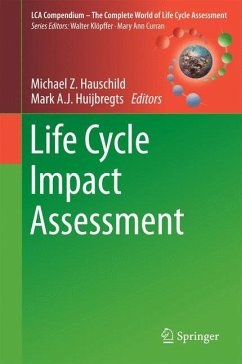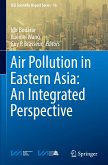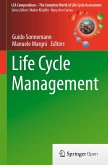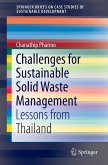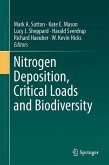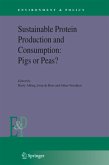This book offers a detailed presentation of the principles and practice of life cycle impact assessment. As a volume of the LCA compendium, the book is structured according to the LCIA framework developed by the International Organisation for Standardisation (ISO)passing through the phases of definition or selection of impact categories, category indicators and characterisation models (Classification): calculation of category indicator results (Characterisation); calculating the magnitude of category indicator results relative to reference information (Normalisation); and converting indicator results of different impact categories by using numerical factors based on value-choices (Weighting).
Chapter one offers a historical overview of the development of life cycle impact assessment and presents the boundary conditions and the general principles and constraints of characterisation modelling in LCA. The second chapter outlines the considerations underlying the selectionof impact categories and the classification or assignment of inventory flows into these categories. Chapters three through thirteen exploreall the impact categories that are commonly included in LCIA, discussing the characteristics of each followed by a review of midpoint and endpoint characterisation methods, metrics, uncertainties and new developments, and a discussion of research needs. Chapter-length treatment is accorded to Climate Change; Stratospheric Ozone Depletion; Human Toxicity; Particulate Matter Formation; Photochemical Ozone Formation; Ecotoxicity; Acidification; Eutrophication; Land Use; Water Use; and Abiotic Resource Use. The final two chapters map out the optional LCIA steps of Normalisation and Weighting.
Chapter one offers a historical overview of the development of life cycle impact assessment and presents the boundary conditions and the general principles and constraints of characterisation modelling in LCA. The second chapter outlines the considerations underlying the selectionof impact categories and the classification or assignment of inventory flows into these categories. Chapters three through thirteen exploreall the impact categories that are commonly included in LCIA, discussing the characteristics of each followed by a review of midpoint and endpoint characterisation methods, metrics, uncertainties and new developments, and a discussion of research needs. Chapter-length treatment is accorded to Climate Change; Stratospheric Ozone Depletion; Human Toxicity; Particulate Matter Formation; Photochemical Ozone Formation; Ecotoxicity; Acidification; Eutrophication; Land Use; Water Use; and Abiotic Resource Use. The final two chapters map out the optional LCIA steps of Normalisation and Weighting.
"It is very much both a text book and reference and reads much like the work of an individual author. ... The visual effects are excellent, with very useful color charts. ... The format is easy to read and the information in tables spaced well so they are comprehensible. ... is highly recommended, for academics and industrialists alike, as the definitive volume on impact assessment and one could imagine young practitioners beginning their career reading the 15 chapters therein." (David Hunkeler, International Journal of Life Cycle Assessment, Vol. 20, 2015)
"We highly appreciate the volume for its comprehensive, consistent and well readable overview of LCIA. Information from a large variety of sources is brought coherently together, and the volume overall gives a good review of state-of-the-art science and practice and challenges ahead." (J. Potting and G. Finnveden, International Journal of Life Cycle Assessment, Vol. 20, 2015)
"We highly appreciate the volume for its comprehensive, consistent and well readable overview of LCIA. Information from a large variety of sources is brought coherently together, and the volume overall gives a good review of state-of-the-art science and practice and challenges ahead." (J. Potting and G. Finnveden, International Journal of Life Cycle Assessment, Vol. 20, 2015)

